How an Astonishing Evolutionary Trick Could Lead to a New Cancer Treatment
/This post might be a little inside baseball and angled toward the science crowd, but I ran across a very interesting story this past week that I wanted to share. It had to do with how a surprisingly small change in DNA sequences in the earliest single-celled organisms not only lead to multicellular organisms, but to the diversity brought on by sexual reproduction, and could possibly even lead to a new treatment to one of mankind’s worst diseases, cancer.
We all know that life evolved on this planet, first from individual molecules, to organized clusters, to single-celled organisms, and finally to multi-celled organisms. For anyone who sat through science class, this is simply an accepted truth. But the enormity of that truth got a little wake-up call in a paper, recently released in the on-line journal eLife. Given the fact that we seem to be the only life in the universe (that we know of so far; statistics tells us it’s VERY unlikely that Earth holds the only living creatures), one would think that it was a complex progression of steps that moved us from single celled organisms toward the path of the complicated multi-cellular organisms that call this planet home.
In fact, it only required a single mutation in one gene.
That something so complex came from only something so rudimentary seems hard to believe. And the way the team of Dr. Thornton et al. discovered this is extremely clever. The key to multi-cellular organisms, especially those with discrete tissues and organs, is communication and coordination between cells, especially in terms of cell division relative to their neighbours. A crucial aspect of this division is the mitotic spindle—the cellular structure that assists in lining up chromosomes during mitosis (see below in profase, metafase and anfase in blue). The orientation of the spindle is paramount—cells that lose their mitotic orientation often become cancerous—and is controlled by a protein called a ‘scaffolding protein’.
They used a process called ancestral protein reconstruction—taking current sequences of scaffolding protein from modern single-celled organisms and computationally tracing it backwards over 600 million years to determine what it’s sequence might have been at that point in evolution. Through genetic manipulation, modern cells were then made to produce those ancient proteins, so scientists could see how these single-celled organisms interacted.
They selected choanoflagellates for their experiments—single-celled organisms that are known to work together as a group to form a ball, heads together, to assist with feeding.
As they studied this organism, an amazing thing happened. The early forms of the scaffolding protein functioned as an enzyme (a protein that assists in biochemical reactions without itself being changed in any way), and this protein mutated at a single amino acid site and became entirely repurposed. It now functioned to communicate with other proteins by binding with them, and specifically bound the marker proteins on the edges of the cell that anchored the spindle and directed its orientation. Cells that previously existed singly, suddenly started to work together. The researchers theorize that these proteins, or ones similarly mutated, are still found in all complex organisms, including humans.
So, this is all nice, you say, but how is this relevant to us today? It could be extremely relevant. Remember how cells that lack the appropriate scaffolding proteins could become cancerous? Researchers hope that by identifying how such cells stop communicating, they may perhaps be able to develop new therapies to fight the awful disease. Considering the greats we’ve lost recently to cancer—David Bowie, Alan Rickman, René Angélil, Daniel Dion, and Dan Haggerty, not to mention those near and dear to each of us personally—such a treatment couldn’t arrive a moment too soon.
Photocredit: Wikimedia Commons by LadyofHats and Wikimedia Commons by Stephen Fairclough












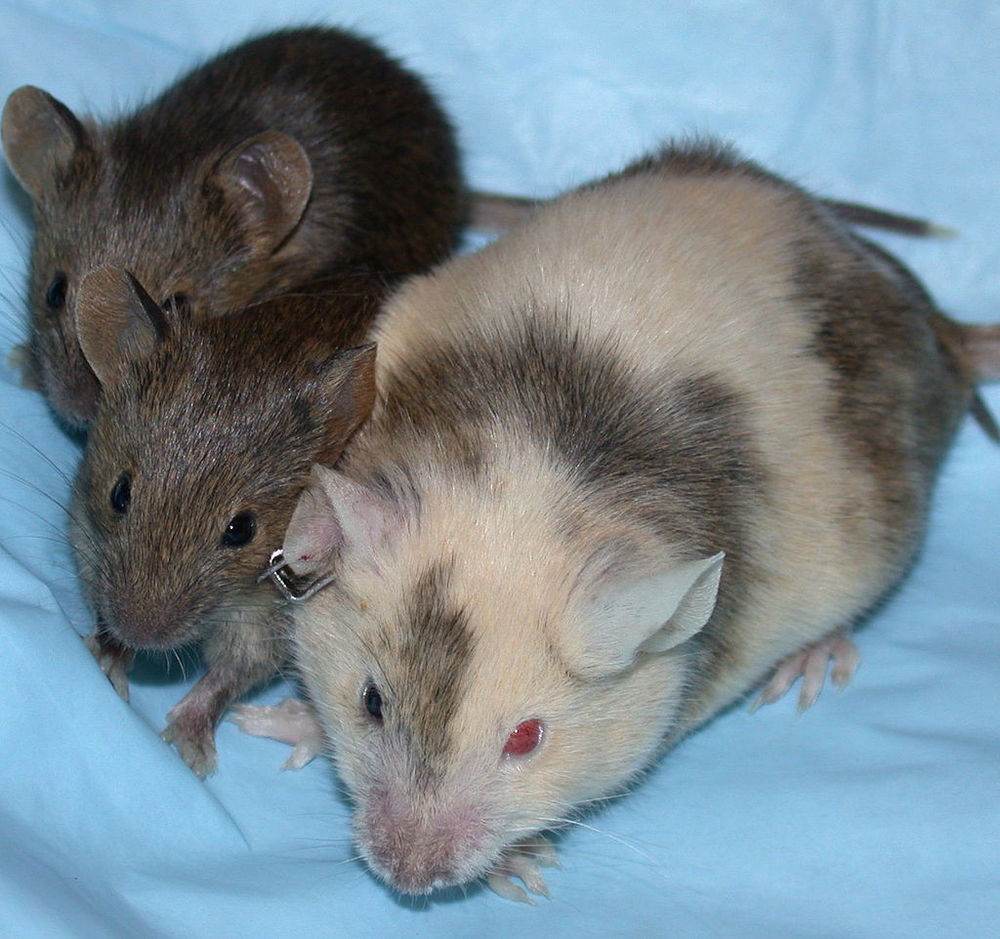
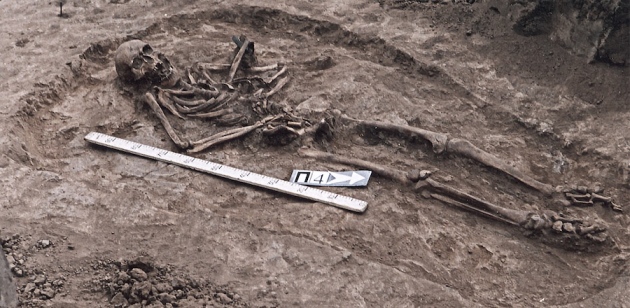


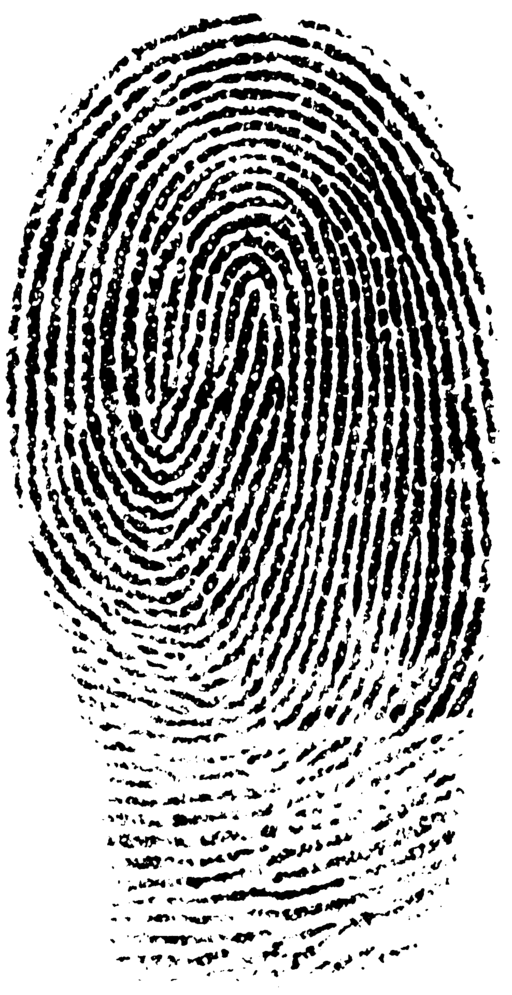






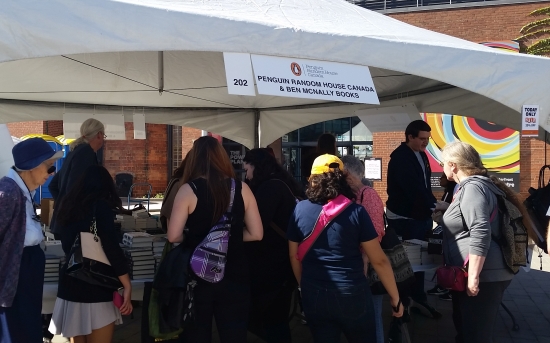

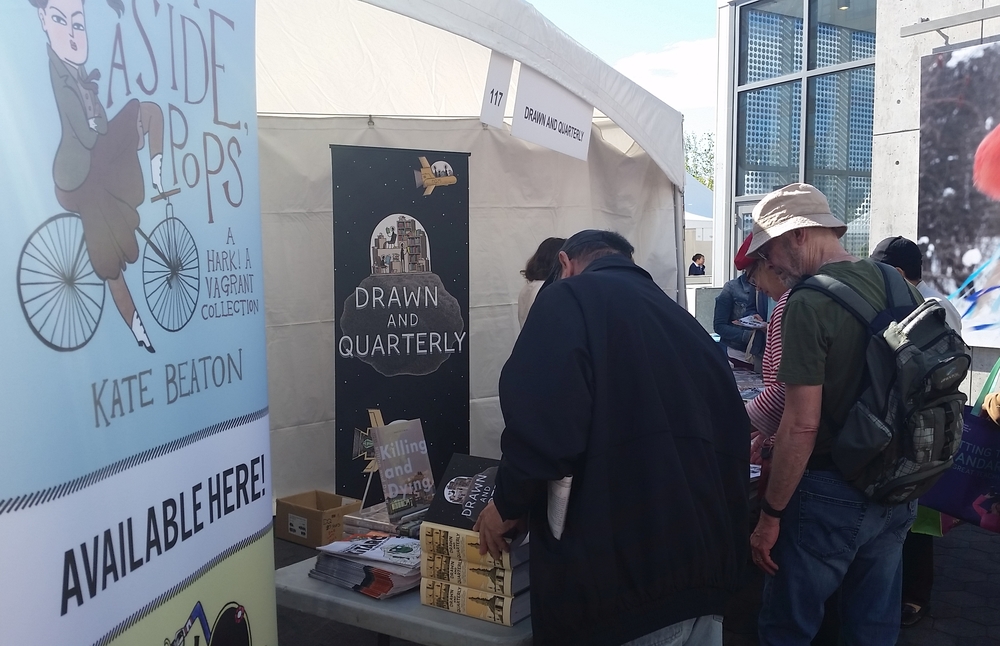











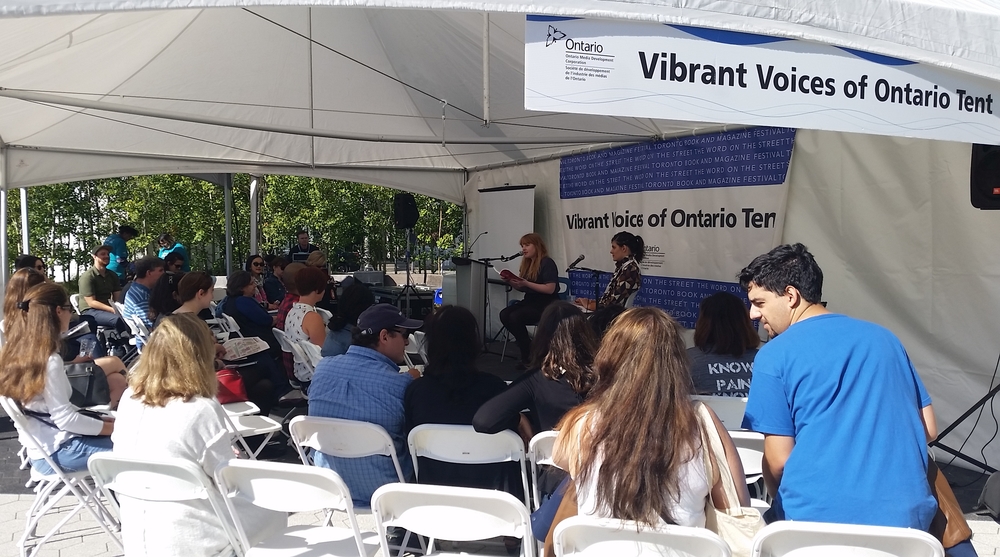

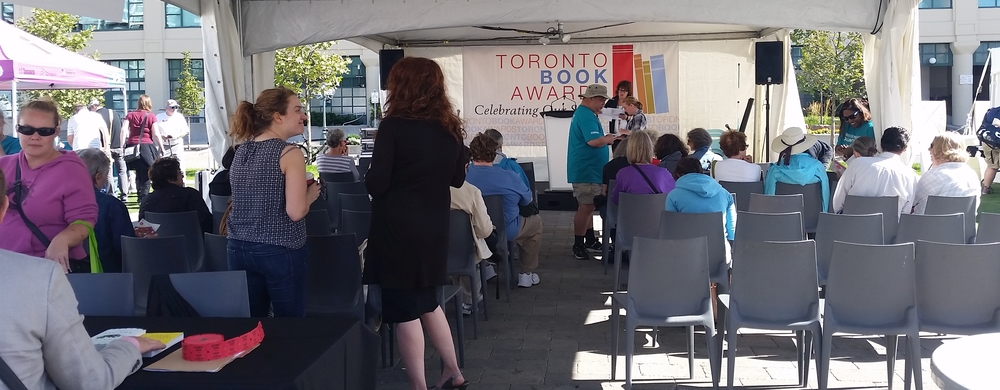



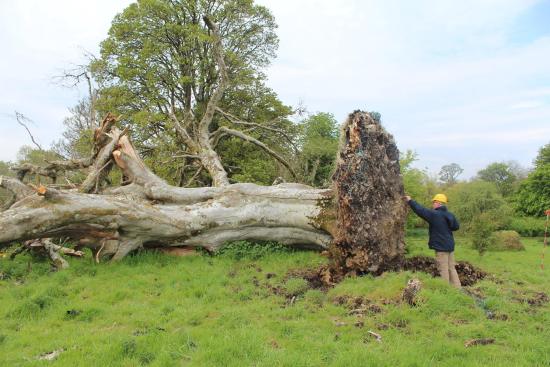

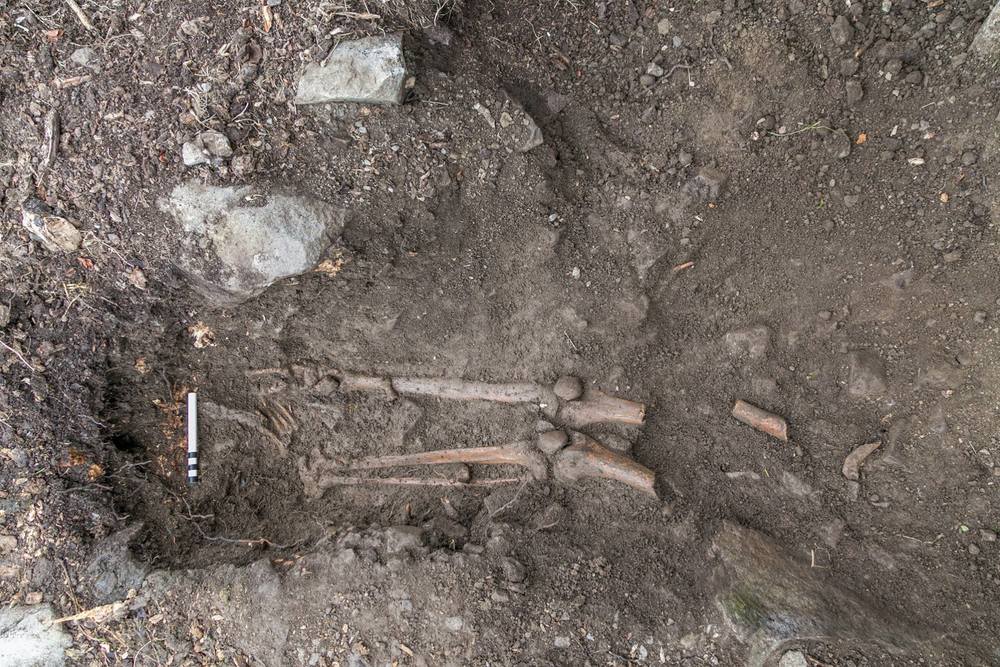
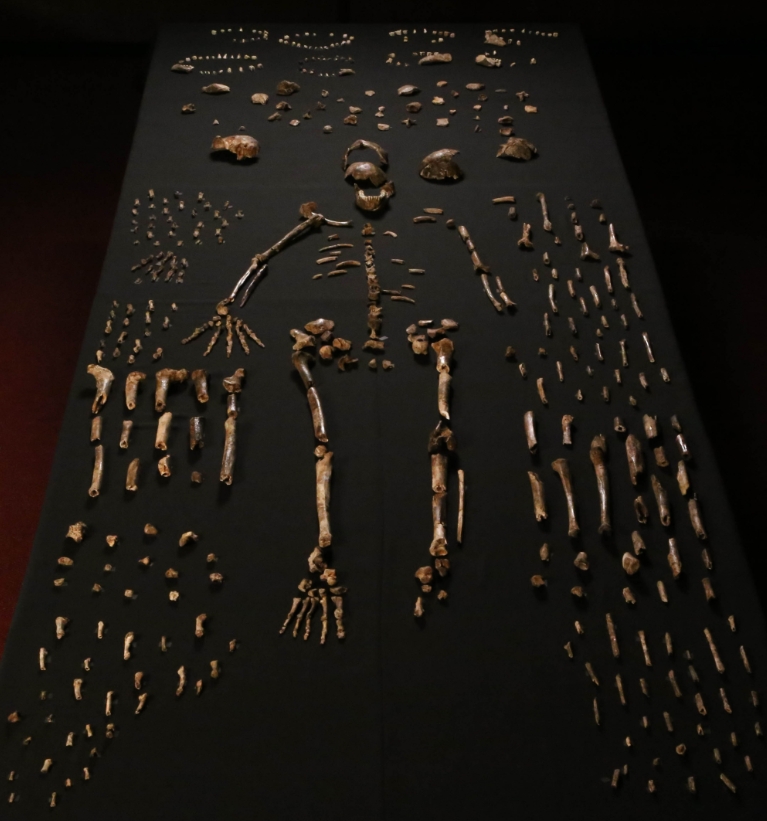

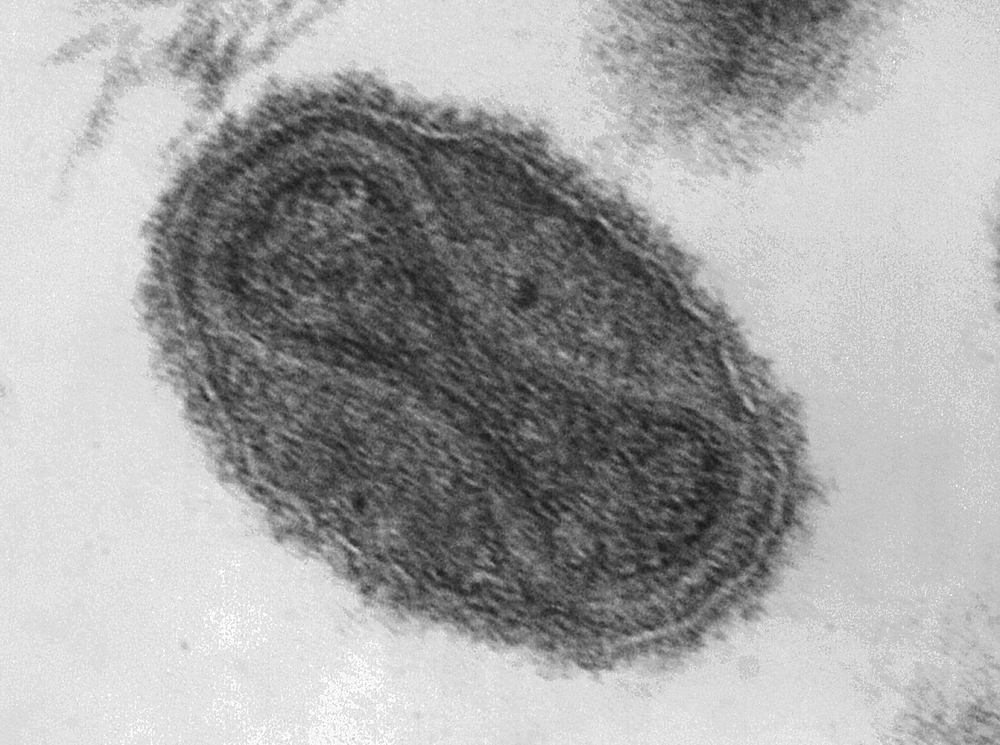
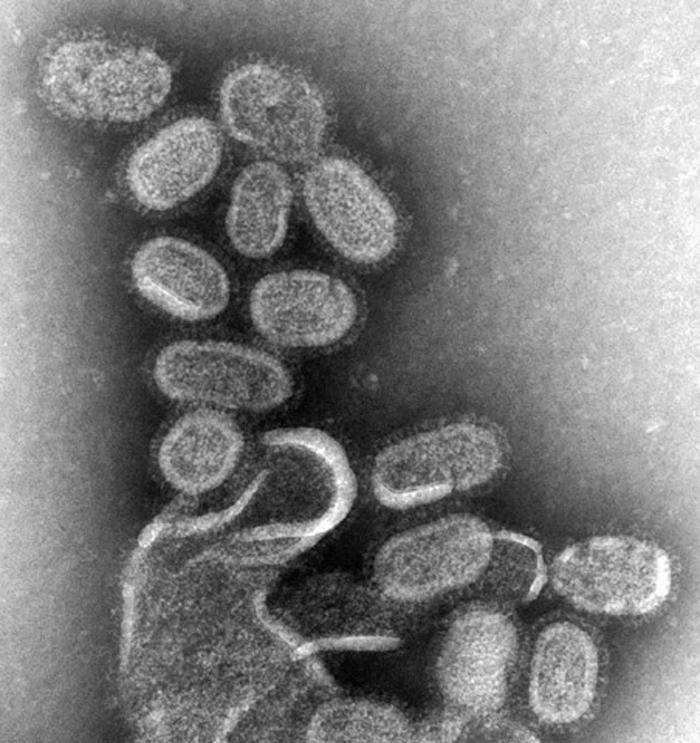

 59.6%
59.6%